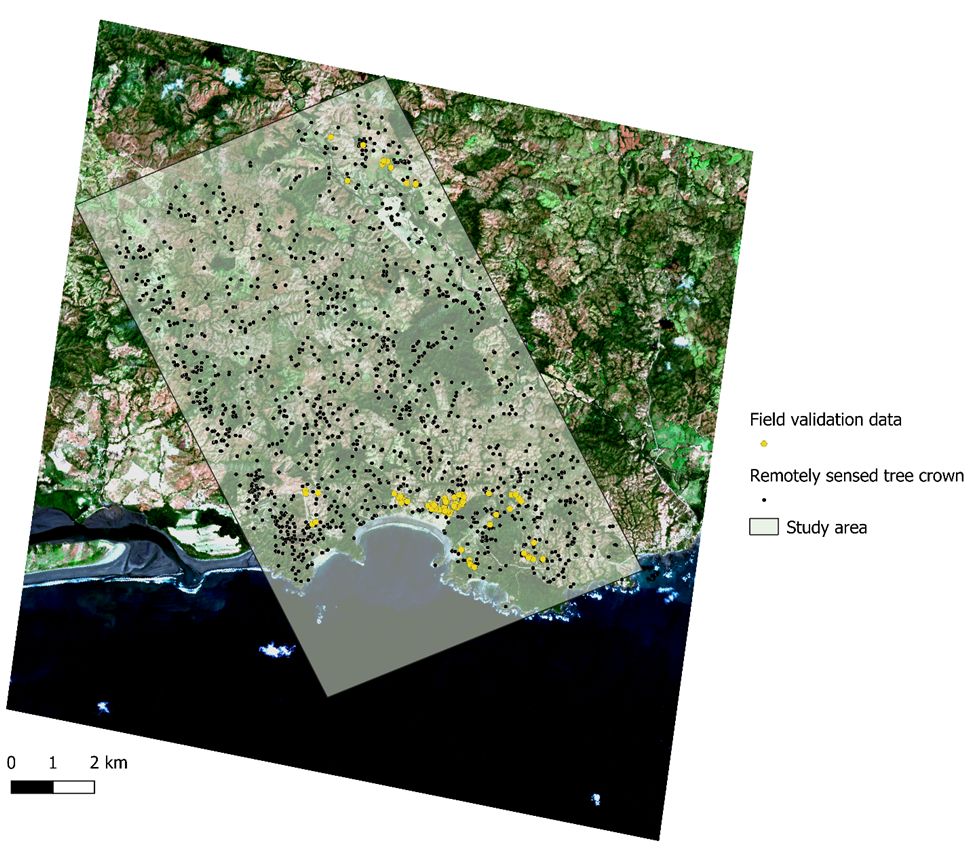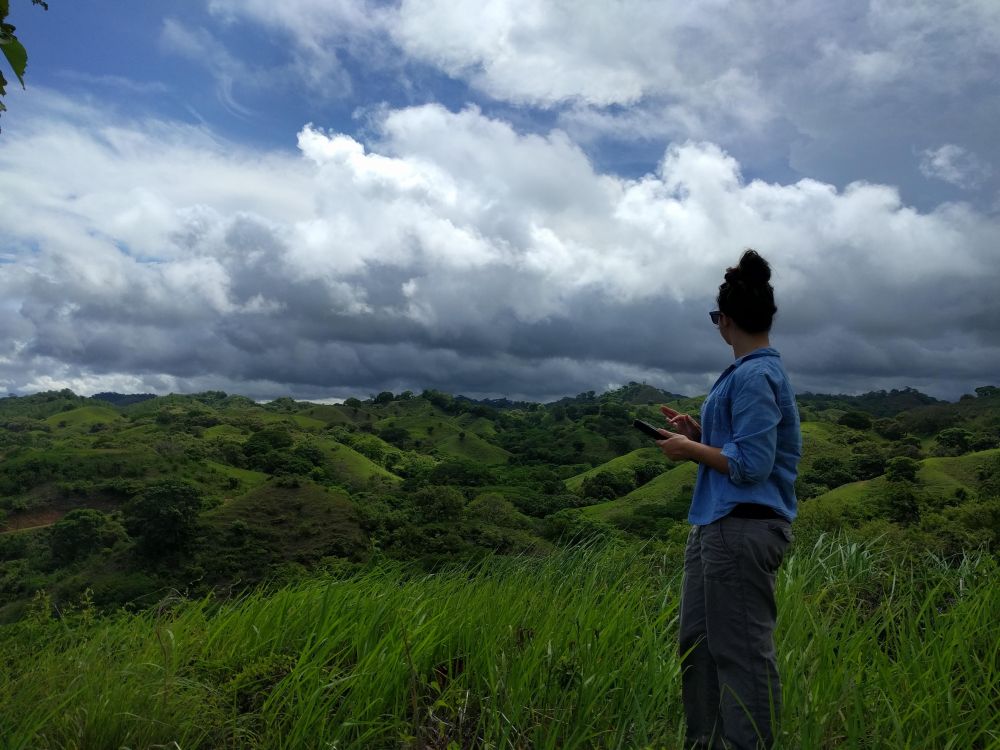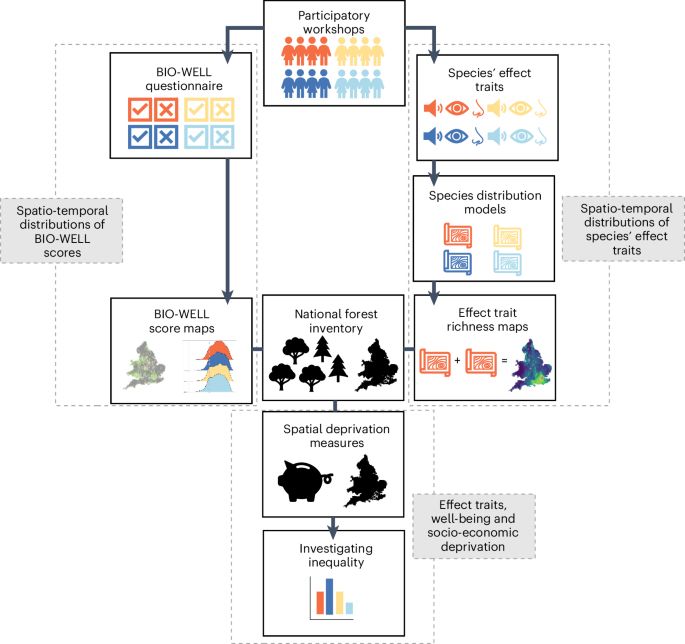Junlong Huang
@huang-landeco.bsky.social
17 followers
50 following
4 posts
Ph.D., Postdoc at EEB, UofT
Spatial ecology | Land use | Conservation under environmental changes
Posts
Media
Videos
Starter Packs
Reposted by Junlong Huang
Reposted by Junlong Huang
Reposted by Junlong Huang
Reposted by Junlong Huang
Reposted by Junlong Huang
Reposted by Junlong Huang
Reposted by Junlong Huang
Junlong Huang
@huang-landeco.bsky.social
· Feb 27
Junlong Huang
@huang-landeco.bsky.social
· Feb 23

Spatiotemporal land use dynamics filter life history strategies to shape urban spontaneous plant assemblages
Spontaneous plants, such as weeds, are a key component of urban flora that can provide significant ecological benefits like nutrient cycling and soil pollutant removal. Our ability to fully harness t...
esajournals.onlinelibrary.wiley.com












